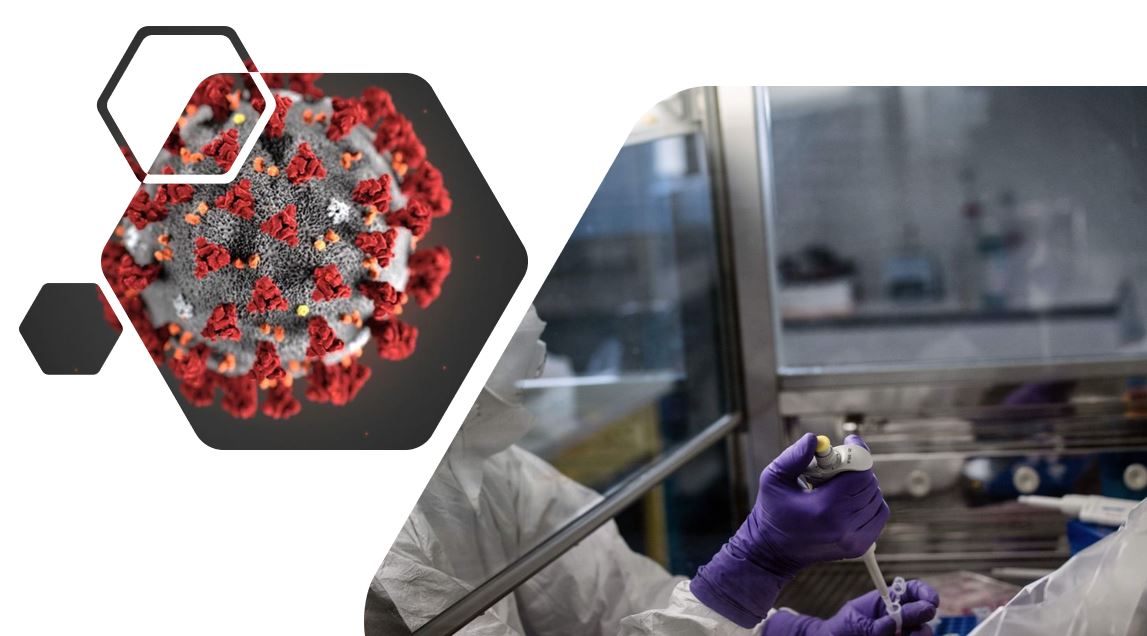Digital & Innovation
How AI predicted coronavirus outbreak

Two weeks before the World Health Organisation (WHO) alerted the public of the coronavirus outbreak, a Canadian artificial intelligence (AI) company was already sounding the alarm.
BlueDot uses AI-powered algorithms to analyse information from a multitude of sources to identify disease outbreaks and forecast how they may spread. On December 31st 2019, the company sent out a warning to its customers to avoid Wuhan, where the virus originated.
The story of BlueDot’s early warning is the latest example of how AI can improve our identification of and response to new virus outbreaks.
Predictions of Outbreak
Scientists are still working to determine how infectious the virus is. Initial analysis suggests it may be somewhere between influenza and polio on the virus reproduction number scale, which indicates how many new cases one case leads to.
UK and US-based researchers have published a preliminary paper estimating that the confirmed infected people in Wuhan only represent five percent of those who are actually infected. If the models are correct, 190,000 people in Wuhan will be infected by now, major Chinese cities are on the cusp of large-scale outbreaks, and the virus will continue to spread to other countries.
John Brownstein, chief innovation officer at Harvard Medical School and an expert on mining social media information for health trends, is part of an international team using machine learning to comb through social media posts, news reports, data from official public health channels, and information supplied by doctors for warning signs the virus is taking hold in countries outside of China.
Suppliers & Service Providers: Enhance business visibility, differentiate your brand and maximise your reach. Get started with our unique digital media solutions with superior open rates and click through rates.
The Start
Identifying a new virus is the first step towards mobilising a response and, in time, creating a vaccine. Warning at-risk populations as quickly as possible also helps with limiting the spread.
BlueDot uses natural language processing (NLP) and machine learning (ML) to scour a variety of information sources, including chomping through 100,000 news reports in 65 languages a day. Data is compared with flight records to help predict virus outbreak patterns. Once the automated data sifting is completed, epidemiologists check that the findings make sense from a scientific standpoint, and reports are sent to BlueDot’s customers, which include governments, businesses, and public health organisations.
AI for Virus Detection and Prevention
Researchers have trained neural networks to predict the spread of infectious diseases in real time. Others are using AI algorithms to identify how preventive measures can have the greatest effect. AI is also being used to create new drugs, which we may well see repeated for the coronavirus.
The Human Factor
AI never tires, can sift through enormous amounts of data, and identify possible correlations and causations that humans can’t.
However, there are limits to AI’s ability to both identify virus outbreaks and predict how they will spread. Perhaps the best-known example comes from the field of big data analytics. At its launch, Google Flu Trends was heralded as a great leap forward in relation to identifying and estimating the spread of the flu—until it underestimated the 2013 flu season by 140% and was quietly put to rest. Poor data quality was identified as one of the main reasons Google Flu Trends failed.
The fact that BlueDot was able to correctly identify the coronavirus, in part due to its AI technology, illustrates that smart computer systems can be incredibly useful in helping us navigate these uncertainties. The AI findings are complemented by human experts to validate the data and its impact.
Register FREE to receive the latest news, innovations and insights from Health Industry Hub; the only one-stop-hub connecting Australia’s Pharma, MedTech and Biotech industry professionals and its key stakeholders.
You may also like TGA releases new regulations for software-based medical devices
News & Trends - Pharmaceuticals

Taking a BiTE out of toxicity: Bridging the bureaucracy gap with record speed for ALL patients
For years, a diagnosis of acute lymphoblastic leukaemia (ALL) – rare type of blood cancer and the most common childhood […]
MoreNews & Trends - Pharmaceuticals

Relief for the pharmaceutical industry as it dodges US tariffs
Australian pharmaceutical companies may have dodged the immediate blow of Donald Trump’s sweeping tariffs on medicines exported to the US, […]
MoreNews & Trends - MedTech & Diagnostics

MedTech sector faces blow as US imposes 10% tariffs
While Australian pharmaceutical companies dodged the bullet of Donald Trump’s sweeping tariffs on medicines, the same can’t be said for […]
MoreNews & Trends - MedTech & Diagnostics

NZ medtech hit with US tariff blitz
Fisher & Paykel Healthcare finds itself in the crosshairs of Donald Trump’s aggressive tariff policies. With nearly half of its […]
More